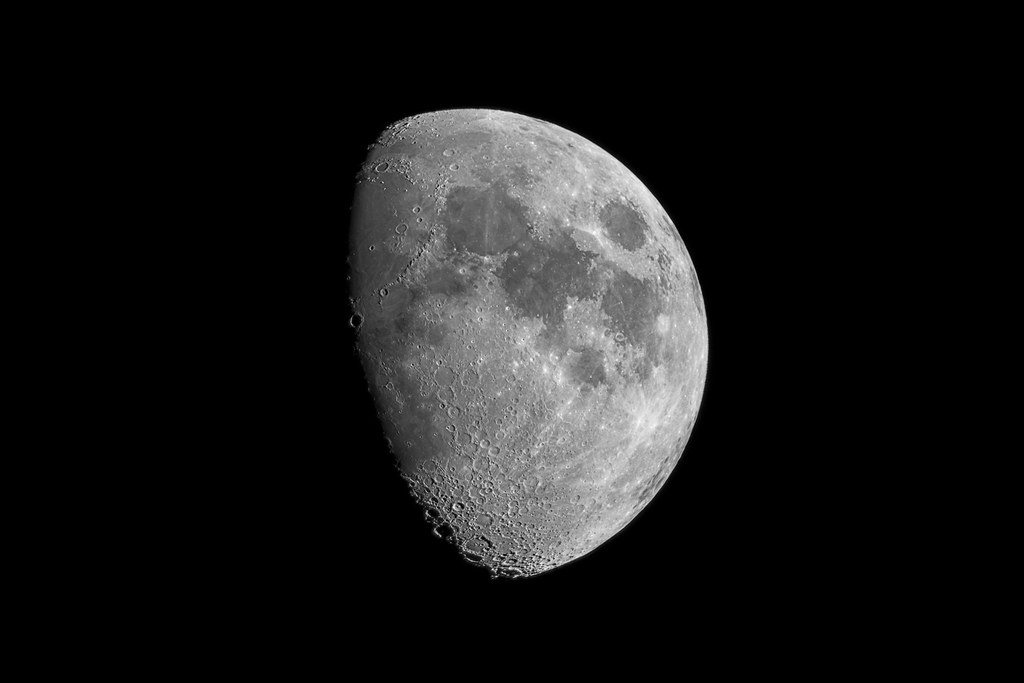- Messages
- 1
- Edit My Images
- No
Hi,
I use a Nikon D5100 with a variety of lenses.
Last night I thought the moon looked atmospheric so I headed out with my Tripod and Sigma 70-300mm lens to try and get some pictures.
I read online that some recommended settings are...
Lens 200mm +
ISO 100-200
Aperture F/11 - F/16
Shutter Speed 1/250
I played around with these settings. Through the viewfinder it looked great however upon reviewing through the images none of them are usable. The moon either looks over exposed, unfocused or non existent (black screen).
Can anyone suggest how I can improve these images please?
I use a Nikon D5100 with a variety of lenses.
Last night I thought the moon looked atmospheric so I headed out with my Tripod and Sigma 70-300mm lens to try and get some pictures.
I read online that some recommended settings are...
Lens 200mm +
ISO 100-200
Aperture F/11 - F/16
Shutter Speed 1/250
I played around with these settings. Through the viewfinder it looked great however upon reviewing through the images none of them are usable. The moon either looks over exposed, unfocused or non existent (black screen).
Can anyone suggest how I can improve these images please?



